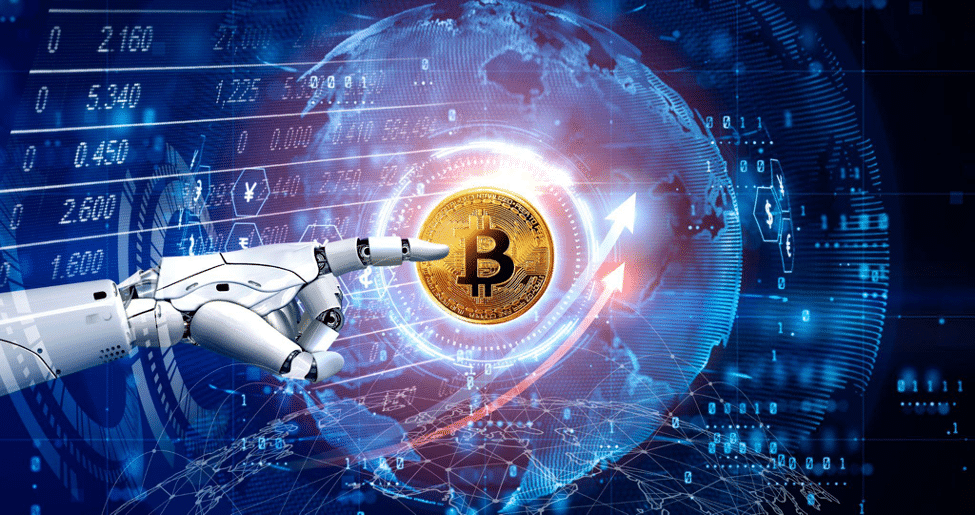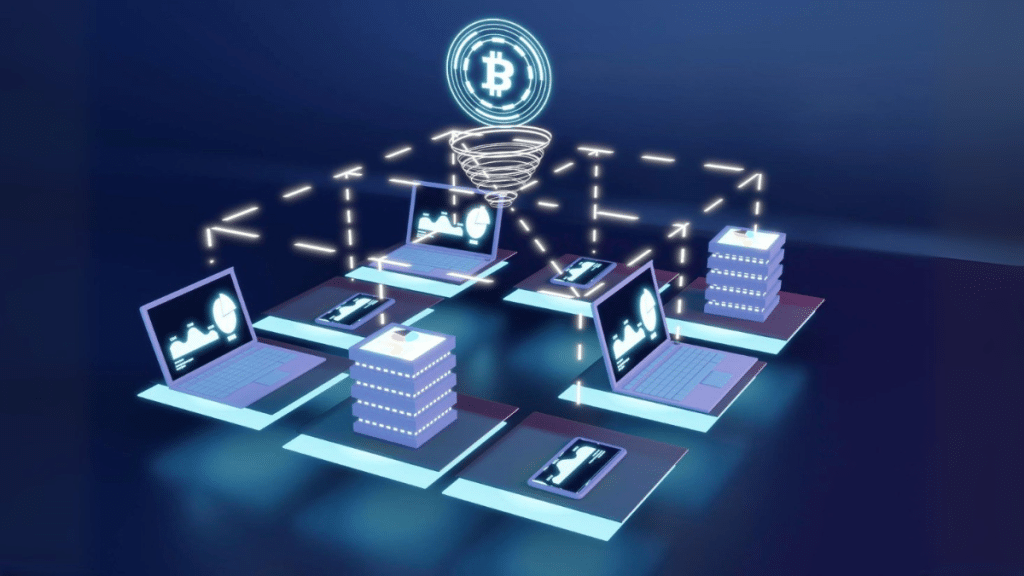AI in the FinTech space is racing ahead and could top $52.19 billion by 2029. Still, about 90% of companies lose nearly 9% of revenue to fraud each year. Old bank networks drag behind because they are slow, risky, and obsolete.
A good AI model can spot a bogus deal in seconds. Stack that with blockchain, which stamps every entry so no one else can change it. The twin effect is quicker service, safer accounts, and far less fraud. It’s not just newer gear; it’s a sharper, agile way to manage money.
In this post, we will guide you through the AI-blockchain mashup that is remaking finance. We will touch on banking, payments, and security so you can judge what it means for your wallet.
Why the AI and Blockchain Intersection Matters in FinTech?
Finance is a crowded mess packed with mountains of data. Billions of transactions stream every day. Hackers scout for any crack. Regulators watch closely, shoppers want speed, and companies demand bulletproof security. All of those needs must be met in some way.
AI notices trends before you have time to blink, then locks every finding on a tamper-proof blockchain. Pair those skills, and you get a system that thinks for itself, protects every detail, and expands the moment.
What they bring is:
- Instant fraud detection
- Automated compliance checks
- Smarter investments
- More trust in digital transactions
How AI is Transforming Financial Intelligence
Let’s zoom in on AI. What is it doing inside finance?
Predictive Analytics
AI work begins long before a spreadsheet is opened. First, it rewinds history, soaks up patterns, then fast-forwards toward tomorrow. By tracking shopping spikes, payroll numbers, and price bounces, it sketches possible tomorrows. Banks use this knowledge to steer investments, smooth credit approvals, and spot hidden risks.
Fraud Detection
AI scans every transaction in a heartbeat. Suspicious login? Flag it. Unplanned swipe overseas? Freeze the card. The best thing about AI in FinTech is that the code never tries, and threats that are spotted the moment they appear.
Chatbots and Customer Service
We have all sat on long bank calls. AI cuts that wait and smart chatbots juggle thousands of questions at once. They are quick, polite, and on call day and night. For banks, the move trims costs; for people, it saves nerves and time.
Portfolio Management
Do you want to invest but don’t know where to start? Robo-advisors lean on AI to create and tend portfolios that fit you. They monitor signals, rebalance assets, and let your savings grow even when you snore.
AI in FinTech grows the speed, intellect, and personalization of banking.
Blockchain’s Role in Enhancing Trust and Security
Where AI adds brains, blockchain gives the sturdy spine. It is an invisible lockbox that shields money and data. Here’s a quick look at what that means.
Decentralized Transactions
There is no central server and no costly middleman. Instead, peers swap data directly. By cutting out that delay, blockchain slashes fees and keeps security tighter.
Smart Contracts
A smart contract is like a digital handshake. But better. The contract begins by itself when certain conditions are fulfilled. No lawyer, no delays, just code doing the job. In FinTech, this can mean instant insurance payouts or automatic loan approvals.
Immutable Records
Anything that is on the blockchain remains there. You can’t erase it or alter it. That permanence creates a tamper-proof trail everyone trusts.
Digital Identity and KYC
KYC forms now drag on for days. However, blockchain allows you to keep proof privately yet share it in seconds, only with people you choose. The result is quick onboarding and far less risk.
Where Do AI and Blockchain Converge in FinTech?

What generally takes place when blockchain and AI work together?
Autonomous Financial Systems
It is a setup that invests for you, shields your data, and alerts you to fraud, all without a human having to tap a key. The AI runs the show, while the blockchain locks every decision in unbreakable code. It is like having a tireless robo-banker that doesn’t slip up.
AI-Enhanced Blockchain Analytics
Blockchains have a flood of raw data. AI sifts through it and finds patterns the human eye misses. It spots hidden trends, forecasts token moves, and raises red flags long before losses hit.
Tokenized AI Models
Developers can package an AI model, drop it on-chain, and mint tokens that let people use it. Anyone with a wallet pays in crypto, and the contract self-settles. It’s a new market where AI becomes a service you can buy and sell, safely and openly.
AI-Driven Oracles
Blockchains need real-world facts, and oracles supply them. Want weather updates for an insurance app? Or market prices for a DeFi protocol? The intelligent oracle checks sources, filters noise, and sends only fast and real updates.
Challenges and Opportunities Ahead
Of course, entering the unknown is rarely smooth sailing. Any new frontier comes with unexpected bumps.
Scalability Concerns
AI needs immense computing power, and blockchain requires bulky storage. Fuse the two, and the weight skyrockets. Managing trillions of tiny transactions demands ruthless optimization. Engineers are racing to solve this.
Data Privacy vs. Transparency
Machine learning works best on vast data pools. Blockchains publish almost everything. They conflict by design. Keeping the model strong while obeying privacy laws is still a challenge.
Regulatory Hurdles
Finance is one of the most tightly regulated industries. Governments move slowly, whereas tech moves fast. Finding a workable middle ground is hard, yet achievable.
Future Innovation
The upside? We are just scratching the surface. Ideas like quantum chips, cross-chain AI agents, and universal payment networks are things written on tomorrow’s whiteboard, not science fiction.
AI in the FinTech space will keep morphing. Tools will sharpen, trust will deepen, and benefits will spread. The journey has just begun.
Conclusion
AI and blockchain are changing the way we use money. Every day tasks like lending, investing, saving, and sending funds now feel smoother than ever. AI in FinTech brings quick analysis and instant choices. Blockchain adds trust and security. Together, they are building systems that work better for everyone.
This shift is already happening. The numbers are huge, and the growth is fast. Want to stay in the loop? These shifts will influence our financial behavior for years to come. For the latest updates and simple insights into blockchain and crypto, visit 36 Crypto.
